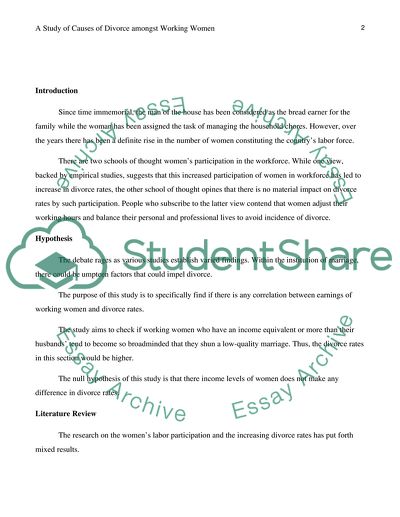Cite this document
(“Working women more likely to seek divorce Research Paper”, n.d.)
Retrieved from https://studentshare.org/macro-microeconomics/1596457-working-women-more-likely-to-seek-divorce
Retrieved from https://studentshare.org/macro-microeconomics/1596457-working-women-more-likely-to-seek-divorce
(Working Women More Likely to Seek Divorce Research Paper)
https://studentshare.org/macro-microeconomics/1596457-working-women-more-likely-to-seek-divorce.
https://studentshare.org/macro-microeconomics/1596457-working-women-more-likely-to-seek-divorce.
“Working Women More Likely to Seek Divorce Research Paper”, n.d. https://studentshare.org/macro-microeconomics/1596457-working-women-more-likely-to-seek-divorce.


